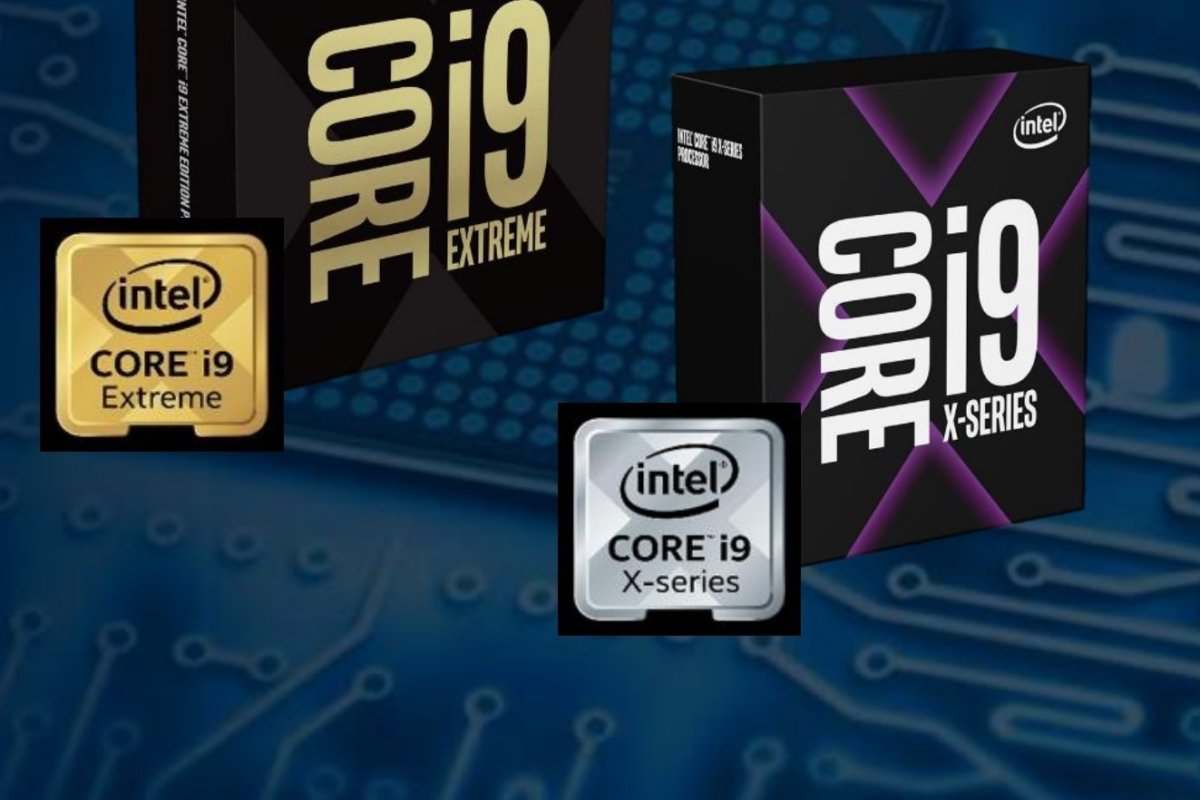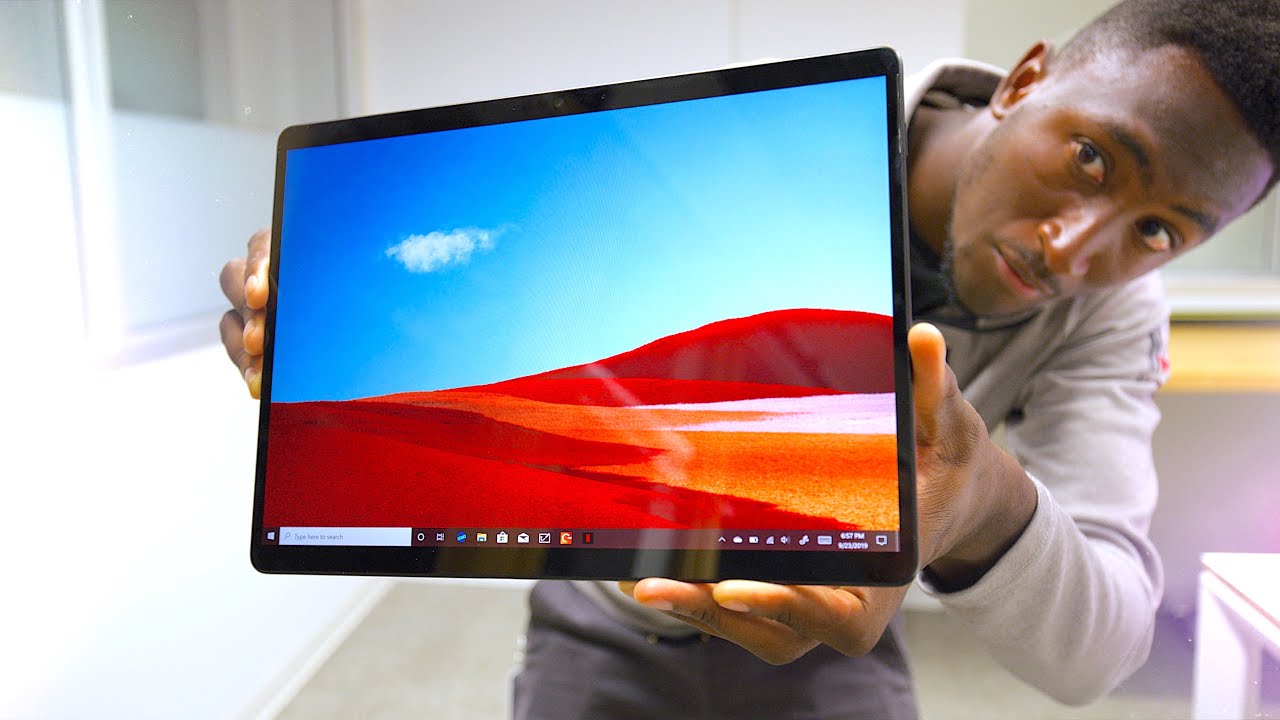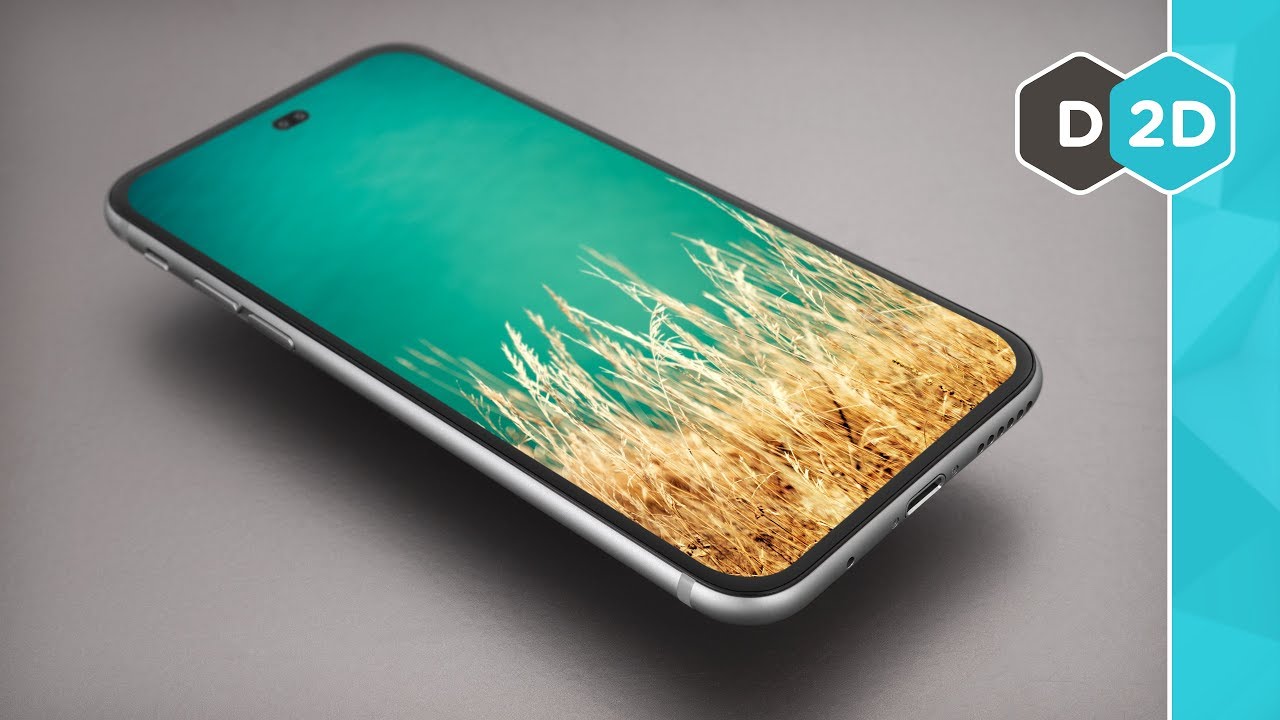Since the very first Apple-designed smartphone chip (the A4 back in 2010), the company has been a force to be reckoned with in mobile silicon design. It was with the A6 a couple years later, when Apple used its own CPU design instead of a licensed architecture, that its performance leadership really started to kick into high gear.
For the last several years, Apple’s CPU has really been untouchable. The A11 Bionic featured not only a custom Apple-designed CPU, but finally ditched the PowerVR-based graphics processor for its own custom GPU. In addition, it introduced the Neural Engine, a custom block of silicon separate from the CPU and GPU, focused on accelerating Machine Learning computations.
Since that time, Apple’s mobile silicon has held court over the smartphone chip world. Maybe the iPhone doesn’t have the fastest cellular speeds in the business, but Apple is determined to make sure that nobody is going to have a faster CPU, GPU, or machine learning acceleration.
The year-old A12 Bionic is still faster in many ways than the chip in any Android phone, and the A13, debuting in the iPhone 11 and iPhone 11 Pro, is considerably faster. Here are all the improvements that make the A13 Bionic—once again—the chip to beat in the smartphone race.
Bleeding-edge 7nm+ process
Apple always uses the very best manufacturing process technology available from its foundry partners (which has almost always been TSMC). Today, that means it is among the first to use TSMC’s new second-generation 7 nanometer process. It’s similar to the 7nm process that availed itself so well in last year’s A12 Bionic and processors like AMD’s Ryzen 3000 series.
The second-generation process, sometimes referred to as 7nm+ or 7NP, etches some of the chip layers with extreme ultraviolet lithography (EUV). That means smaller, more tightly packed transistors that leak less power.
 TSMC
TSMCThe second-generation 7nm process from TSMC uses partial EUV technology to make faster, more power-efficient transistors.
In practice, it means a bit more transistors in the same space, but also higher clock speeds at the same power draw, or less power draw at the same clock speeds. That’s exactly what we see in the A13 Bionic.
Apple crammed 8.5 billion transistors in the A13, an increase of 23 percent over the A12. The chip is estimated to be around 20 percent larger—about 98 mm², compared to 83 mm² for the A12. Thus, Apple achieved only a small increase in density, but a big increase in maximum performance and power efficiency.
This is not Apple’s biggest chip ever, however. The A12X found in the new iPad Pro has more transistors (10 billion) and is estimated to be around 135 mm², and both the A5 and A10 Fusion were over 120 mm².
The fastest CPU gets faster
Apple’s custom CPU designs regularly deliver faster single-core performance than any competing smartphone chip, though benchmarks are hard to rely on when you’re talking about totally different…
https://www.macworld.com/article/3442716/inside-apples-a13-bionic-system-on-chip.html#tk.rss_all
















